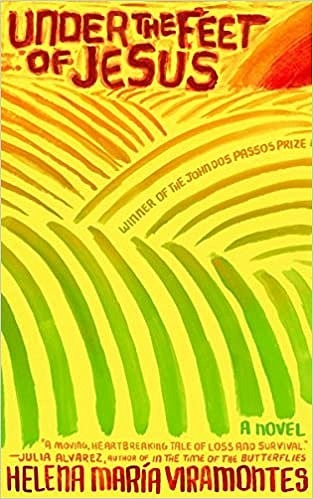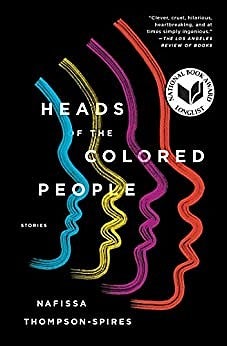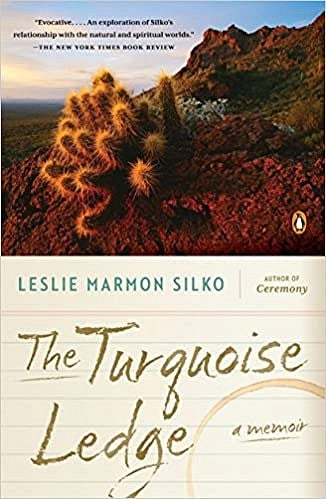From a vampire mockumentary to books tackling timely topics, this final installment of a four-part series of recommendations from UO faculty members from the Department of English, School of Journalism and Communication and Department of Cinema Studies offers an exceptional array of choices.
Erin Hanna, assistant professor, Department of Cinema Studies:
Based on the 2014 film “What We Do in the Shadows,” this mocumentary-style, horror-comedy television series — think “The Office” meets Ann Rice — created by Taika Waititi (“Thor: Ragnarok,” “Jojo Rabbit”) and Jemaine Clement (“Flight of the Conchords”) follows four centuries-old vampires and one human familiar living together in Staten Island.
A lot of TV adaptations of films fall flat, and vice versa, but I think “What We Do in the Shadows” is one of those rare cases where the content is actually better suited to television, probably because it’s so smart and funny that you just want to keep going back for more. The writers and cast manage to produce a sharp parody of the mythology by painting a picture of vampire life (afterlife?) that is simultaneously outlandish and incredibly mundane, from attempting to conquer America by way of the Staten Island City Council to locating 200,000 living descendants via a mail-order DNA test.
No character captures this tension better than Colin Robinson (Mark Proksh), a vampire who feeds on energy instead of blood and does so largely by initiating droning and interminable conversations about completely inconsequential topics. But the rest of the core cast — Kayvan Novak as Nandor, Matt Berry as Laszlo, Natasia Demetriou as Nadja and Harvey Guillén as Guillermo — are equally brilliant comedic actors, and the show relies heavily on their improvisation in addition to the scripted material. If you liked “The Office” or “Parks and Rec,” but your sensibility skews slightly more toward the undead, I highly recommend this show.
Books
David Vásquez, associate professor and department head, Department of English:

By Helena Maria Viramontes
Not only was this the UO’s common read for this year, but “Under the Feet of Jesus,” published in 1996, contemplates industrial agriculture and environmental harm, issues that should be on all of our minds as our supply chains continue during this crisis. The novel also thinks beautifully about the precarity of farmworker lives, something we should all have empathy for at this historical moment.
“The Passage”
By Justin Cronin
“The Passage” is an epic novel in both scope and length about a virus that is weaponized by the military-industrial complex and goes horribly wrong, turning more than 90 percent of the world’s population into ravenous vampires. This novel is somehow both a page-turner and deeply literary. Scary, poignant and beautiful, Cronin, a graduate of the Iowa Writer’s Workshop, is able to deliver a wildly entertaining and satisfying novel that ticks all of the boxes.
“The House of Broken Angels”
By Luis Alberto Urrea
Hilariously funny, thought-provoking and deeply moving, “The House of Broken Angels” follows the story of the death of the patriarch of a Chicano family living in San Diego and the generations that gather for his last birthday party. Interlaced with the history of the U.S./Mexico border, it’s a terrific take on immigration, race, and gender stereotypes and intergenerational relations. A terrific read!
Courtney Thorsson, associate professor, Department of English:

By Nafissa Thompson-Spires
Nafissa Thompson-Spires’ “Heads of the Colored People” is one of the most exciting books I’ve read in recent years. This award-winning collection of short stories is smart, insightful and often funny. Thompson-Spires writes in ways that are both deeply informed by the long tradition of African American literature and very contemporary. In these pages, you’ll find a ComicCon, ASMR and one woman’s interior monologue during a long wait at the DMV. These are stories about the wild diversity of Black American lives in the 21st century.
Mary Wood, professor and director of graduate studies, Department of English:
“The Turquoise Ledge: A Memoir”
By Leslie Marmon Silko

This interconnectedness among humans, snakes, coyotes, bees, cacti and other living things is delicate, fragile and must be tended with care and attention. Lack of care and attention upsets the balance and upsets everything, bringing death where life had been only moments before. At this time, when so many people are attuned to the fragility of such connected life, and the role of humans as potential tenders or destroyers, “The Turquoise Ledge,” provides much food for thought.
Interested in hearing more about authors and books? The Oregon Humanities Center’s UO Today show offers an extensive playlist of author interviews.
—By Sharleen Nelson, University Communications


